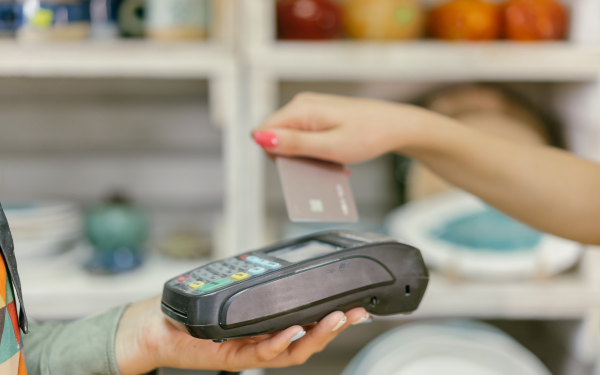We all know what POS is primarily designed for. It’s right there in the name – point of sale.
But ringing through sales isn’t all a modern POS system can do. In fact, given the fact that transactions are nowadays completed with little more than a beep of a barcode scanner and the swipe or tap of a card, the sales part is the least of anyone’s concerns. If that’s all a POS did in your store, you wouldn’t need anything more than a smartphone these days.
But POS does do a lot more than just process sales. It adds a lot of value to retail operations in doing so. Here are three examples of how.
Staff are empowered to answer customer queries more effectively
Such is the shift in the role POS plays in modern retail that some people suggest it should stand for ‘point of service’ these days rather than point of sale. That’s a reference to the fact that POS systems are used as customer service tools just as much as they are for transaction processing.
Modern consumers are very inquisitive about the products they buy. The ready availability of information online has conditioned them to expect to know about provenance, technical details, carbon footprint and more before they make a decision to buy. These are questions you can’t expect every member of staff to know the answers to for every product. However with detailed product listings only a click or a swipe away via a POS screen, staff can provide the answers customers want, quickly and efficiently.
It takes away problems with product availability
Similarly, having product listings and inventory management systems bundled in with your POS software resolves that pet hate of all retailers – missing out on a sale because you don’t have an item in stock.
Take a typical scene in a fashion boutique, for example. A customer takes an item they like to the sales counter and asks if they have any in a different size for them to try on. In the past, the sales person might have had to disappear into the stockroom to check, leaving the customer waiting. If they then returned and said no, I’m afraid we don’t have any left, the customer is left feeling they’ve wasted their time. It might not be just a missed sale, it might be a lost customer.
As with product details, sales assistants can look up what they do and do not have in stock in an instant via their POS. Or the customer can even do it themselves at a kiosk. Plus the information doesn’t extend only to what’s available at that store. Stock can be checked against another branch, or offer to order it online. A potentially lost sale is saved.
POS can help to increase AOV via targeted product recommendations
Finally, the most direct way modern POS systems can add value to in-store retail is by boosting the amount customers spend. This is partly a function of the improved levels of service sales personnel are empowered to deliver when they have in-depth product information at their fingertips. More specifically, it’s a function of being able to harness data to make targeted, accurate cross-sell and up-sell recommendations to the right person at the right time.
This happens online all the time. You add an item to your basket, an algorithm looks at all the sales data to see what items are most commonly bought with that (and maybe filters through information about the purchaser, if available). And three or four product recommendations appear on screen. Exactly the same thing can happen through a POS system, with either prompts for the clerk to make the suggestions, or items popping up on a kiosk screen the way they would on an ecommerce site.
AURES UK design and manufacture EPOS hardware for use across the whole of retail and hospitality. So regardless of it you have a small convenience store, a medium fashion boutique or even a high-end luxury outlet with stores all over the country we have the right EPOS system for your needs.
If you would like to discuss your options, please contact us today.
Email: salesUK@advantech-aures.com
Call: 01928 599 966




